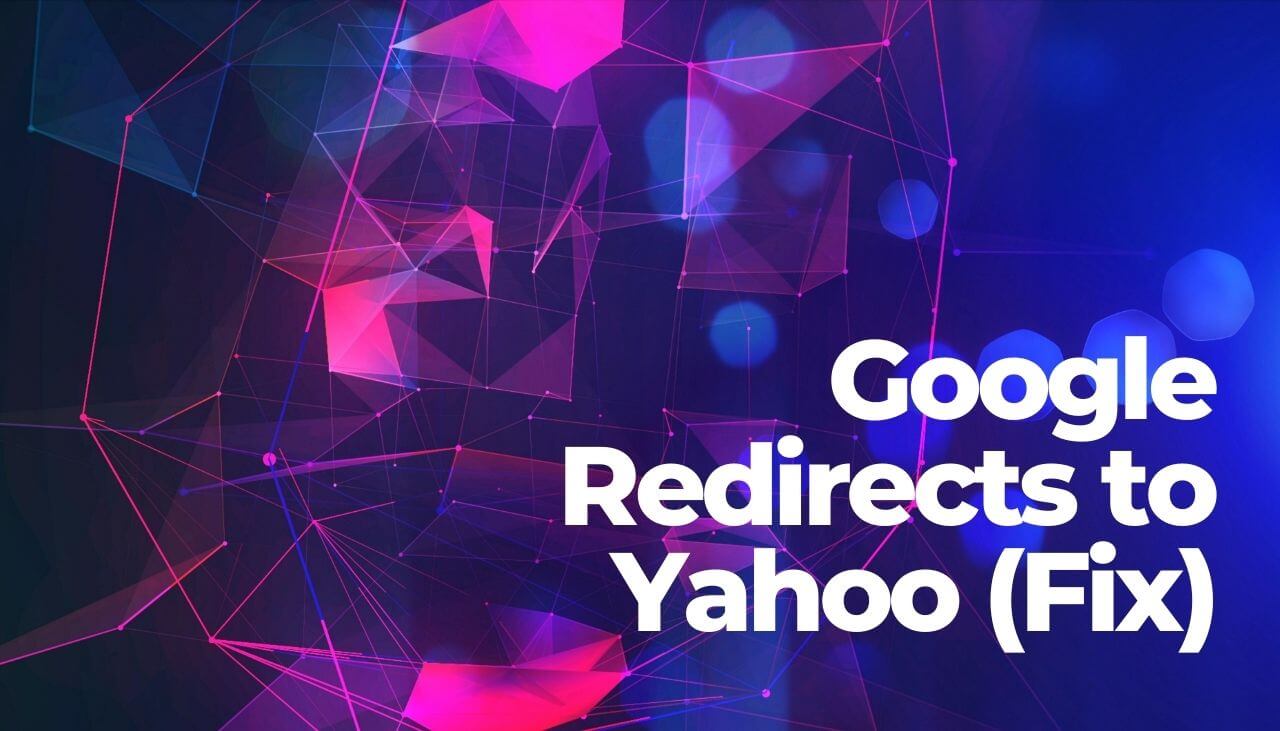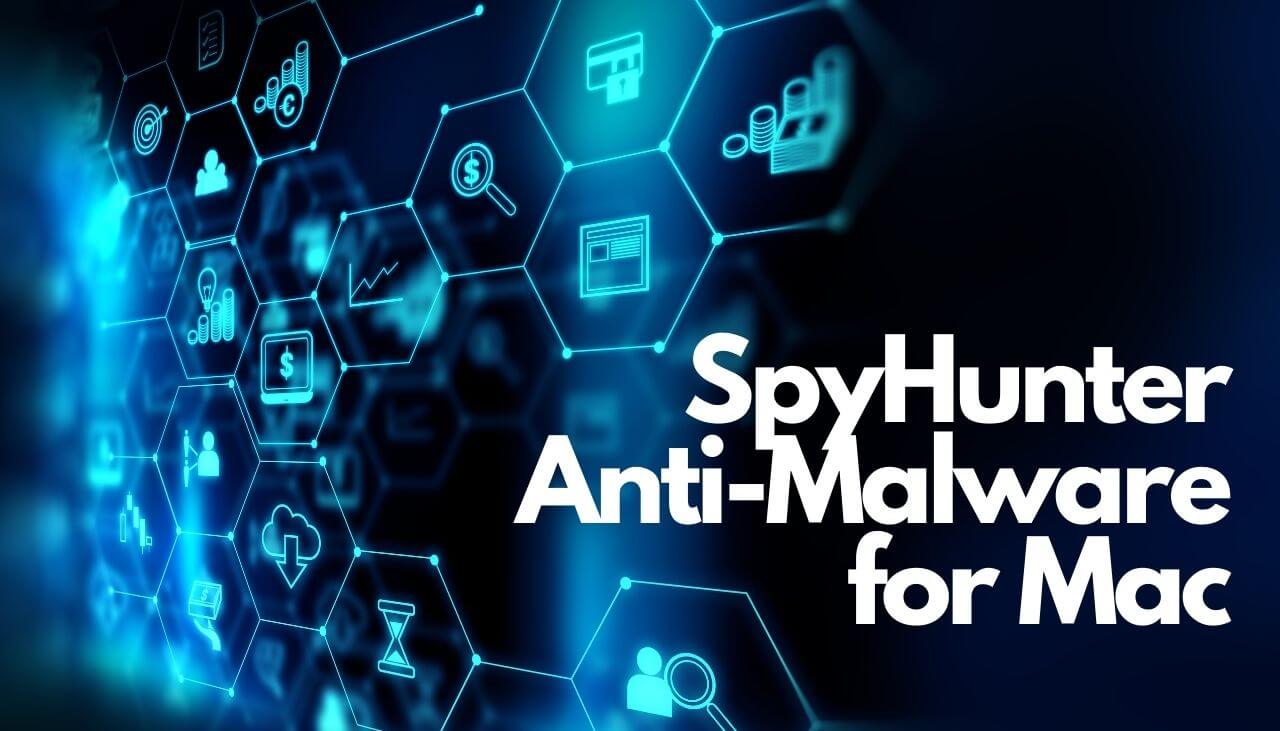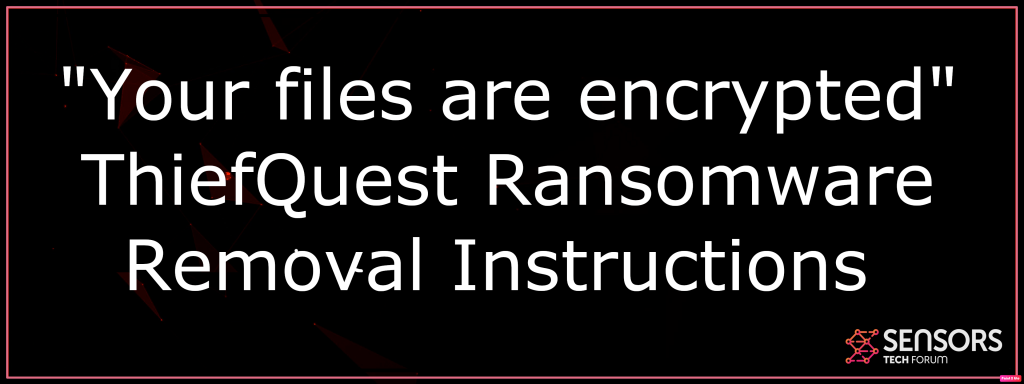What Is “Your files are encrypted” Virus
In case you haven’t heard– the very initial ransomware to effectively attack Mac has currently emerged the Web, spreading by means of the hacked files or apps for Mac. The ransomware, referred to as ThiefQuest (Ransomware.OSX.EvilQuest), has been determined as the really first totally practical ransomware targeting Mac users.
According to researchers, the very first infections occurred in June 2020. Obviously, somebody, a cyber bad guy, has actually hacked an internet site and then replaced the reputable file for the latest Mac version with a jeopardized one that contained “Your files are encrypted” ransomware.
“Your files are encrypted” Ransomware Mac
One may believe that the extremely initial functional Mac ransomware would certainly have imperfections or a minimum of features that need renovation. However, researchers advise that “Your files are encrypted” virus is as unsafe as the average ransomware created for the Windows os. To be much more exact, “Your files are encrypted”
appears to be an outstanding reproduction of both Windows as well as Linux harmful encryptors that have been contaminating users on a worldwide level.

“Your files are encrypted” Summary
| Name | ThiefQuest |
| Type | Ransomware for Mac |
| Short Description | Aims to encrypt files on your Mac and then ask you to pay $50 in BitCoin. |
| Symptoms | Your Mac may start seeing the EvilQuest (ThiefQuest) ransom message, headed “Your files are encrypted” and you wont be able to open files. |
| Distribution Method | Via malicious e-mail spam messages and corrupted installers. |
| Detection Tool |
See If Your System Has Been Affected by malware
Download
Malware Removal Tool
|
User Experience | Join Our Forum to Discuss "Your files are encrypted". |
“Your files are encrypted” Mac Virus – Description
The encryption made use of by “Your files are encrypted” virus is likely AES. It is deployed against 300+ data extensions. Right here are some of them:
Documents:. doc,. docx,. docm,. dot,. dotm,. ppt,. pptx,. pptm,. pot,. potx,. potm,. pps,. ppsm,. ppsx,. xls,. xlsx,. xlsm,. xlt,. xltm,. xltx,. txt,. csv,. rtf,. tex.
Images:. jpg,. jpeg,.
Audio and also video clip:. mp3,. mp4,. avi,. mpg,. wav,. flac.
Archives:. zip,. rar.,. tar,. gzip.
Resource code:. cpp,. asp,. csh,. class,. java,. lua.
Data source:. db,. sql.
Email:. eml.
Certification:. pem.
Then the virus shows the following pop-up:
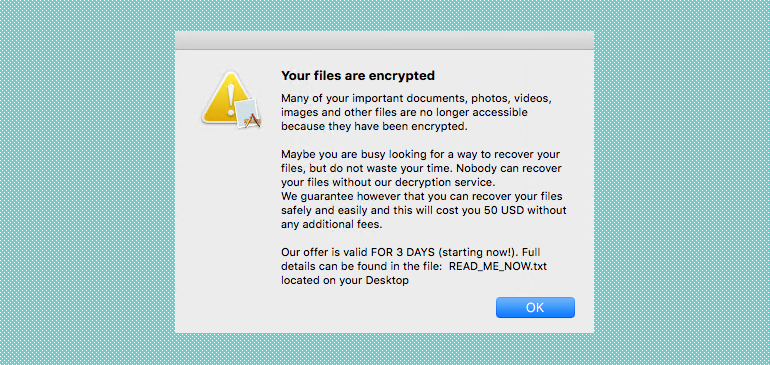
Source: Zdnet
The primary message of the virus is sent via a ransom note, called READ_ME_NOW.txt. It has the following contents:
YOUR IMPORTANT FILES ARE ENCRYPTED
Many of your documents, photos, videos, images, and other files are no longer accessible
because they have been encrypted. Maybe you are busy looking for a way to recover your
files but do not waste your time. Nobody can recover your file without our decryption
service.
We use 256-bit AES algorithm so it will take you more than a billion years to break this
encryption without knowing the key (you can read Wikipedia about AES if you don’t believe
this statement).
Anyways, we guarantee that you can recover your files safely and easily. This will require
us to use some processing power, electricity, and storage on our site, so there’s a fixed
processing fee of 56 USD. This is a one-time payment, no additional fees included.
In order to accept this offer, you have to deposit payment within 72 hours (3 days) after
receiving this message, otherwise, this offer will expire and you will lose your files
forever.
Payment has to be deposited in Bitcoin based on the Bitcoin/USD exchange rate at the moment of
payment. The address you have to make payment is:XXXXXXXX
Decryption will start automatically within 2 hours after the payment has been processed
and will take from 2 to 5 hours depending on the processing power of your computer. After
that, all of your files will be restored.
THIS OFFER IS VALID FOR 72 HOURS AFTER RECEIVING THIS MESSAGE
Interestingly, the file encryption procedure would certainly start immediately after the initial infection. What does this indicate? Individuals that have downloaded the endangered infection file have no way of stopping this virus.
Find out more concerning the AES File Encryption Algorithm.
The required ransom money is estimated at $50 worth of Bitcoin, or approximately $50. The payment should be made using the Dark Net, on a certain (.) onion website.
How to Remove “Your files are encrypted” Ransomware from Infected Macs
An important statement to Mac users who have actually downloaded and install the infection file of this virus – you are very likely contaminated by “Your files are encrypted”. Also in cases when the installer was downloaded from a 3rd party sites or earlier than the defined time, you ought to consider inspecting your system for the ransomware. The just good news right here is that older variations of Transmission seem to be spared.
For now, to remove “Your files are encrypted” Ransomware from Infected Macs it is strongly recommended to follow the instructions for MacOS down below. They contain file recovery methods that could assist to bring your files back to normal again.
- Step 1
- Step 2
- Step 3
- Step 4
- Step 5
Step 1: Scan for "Your files are encrypted" with SpyHunter Anti-Malware Tool
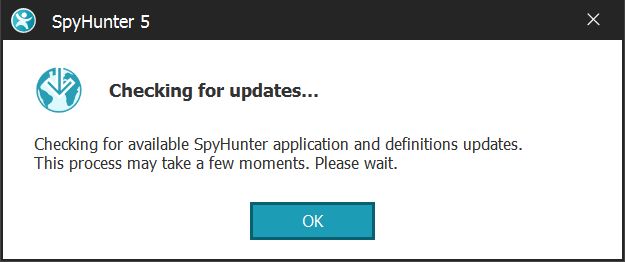
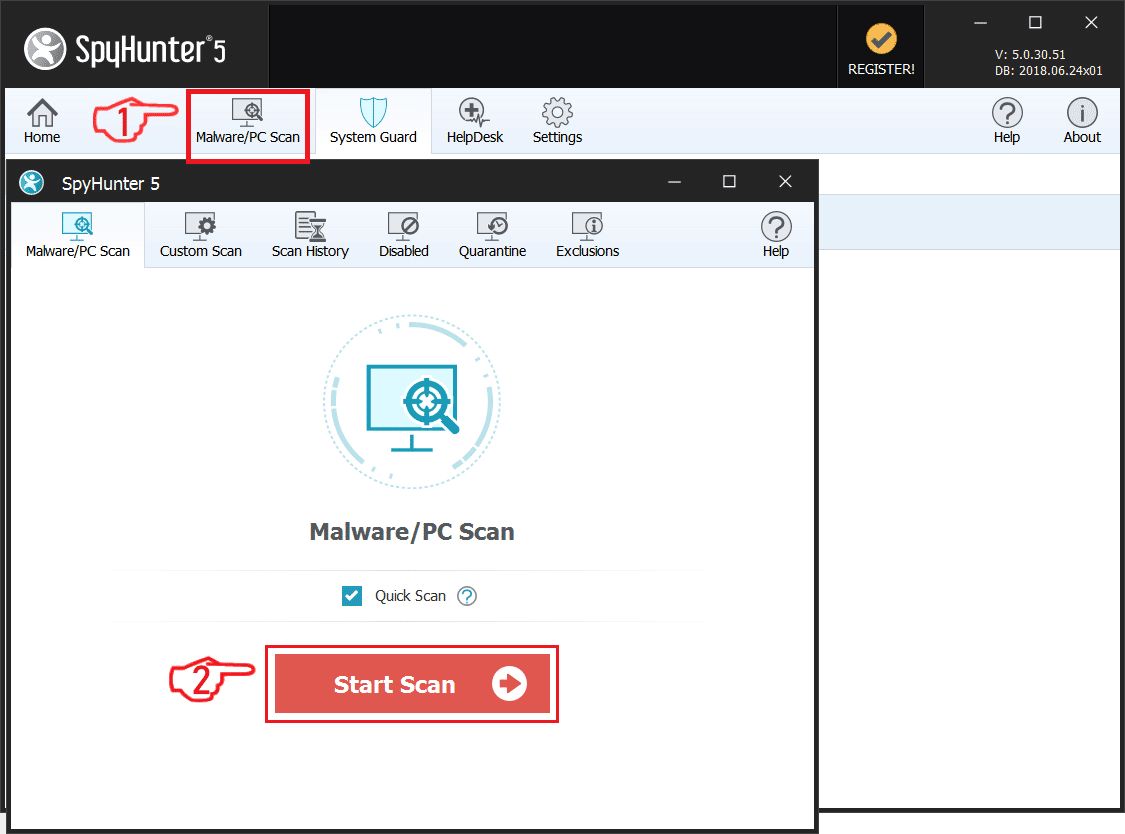
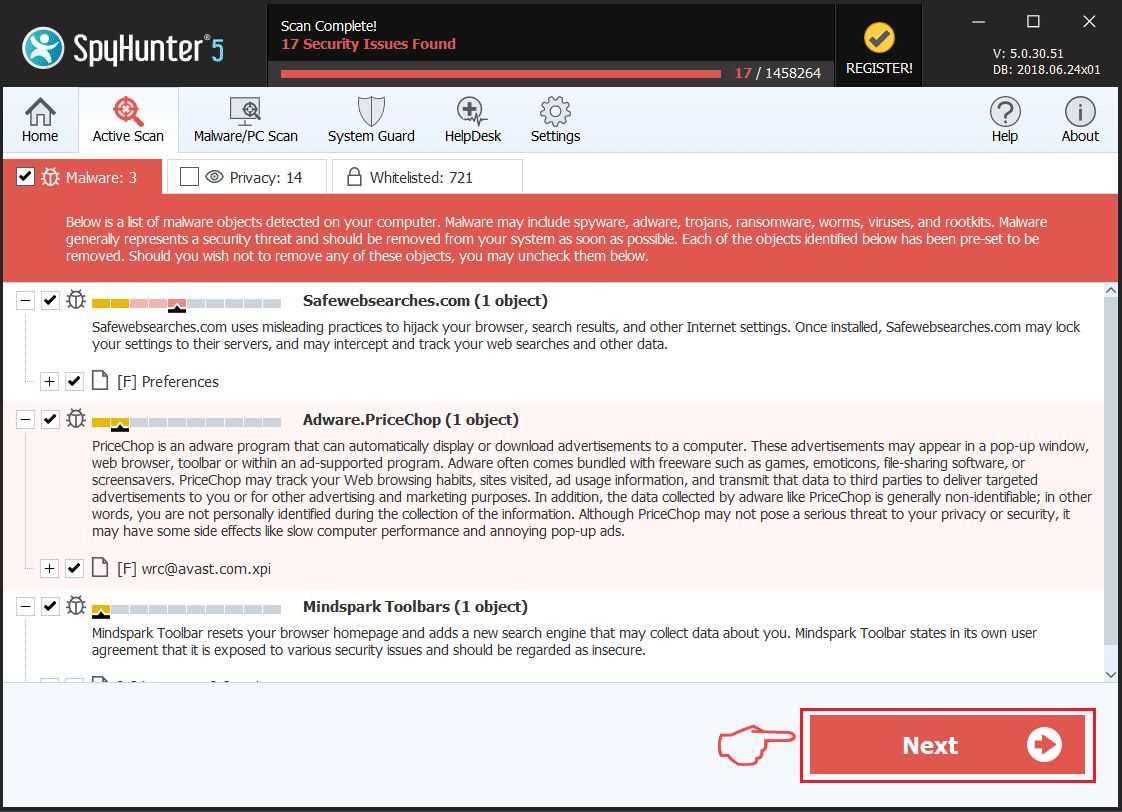
Ransomware Automatic Removal - Video Guide
Step 2: Uninstall "Your files are encrypted" and related malware from Windows
Here is a method in few easy steps that should be able to uninstall most programs. No matter if you are using Windows 10, 8, 7, Vista or XP, those steps will get the job done. Dragging the program or its folder to the recycle bin can be a very bad decision. If you do that, bits and pieces of the program are left behind, and that can lead to unstable work of your PC, errors with the file type associations and other unpleasant activities. The proper way to get a program off your computer is to Uninstall it. To do that:

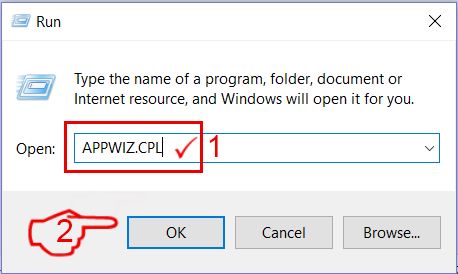
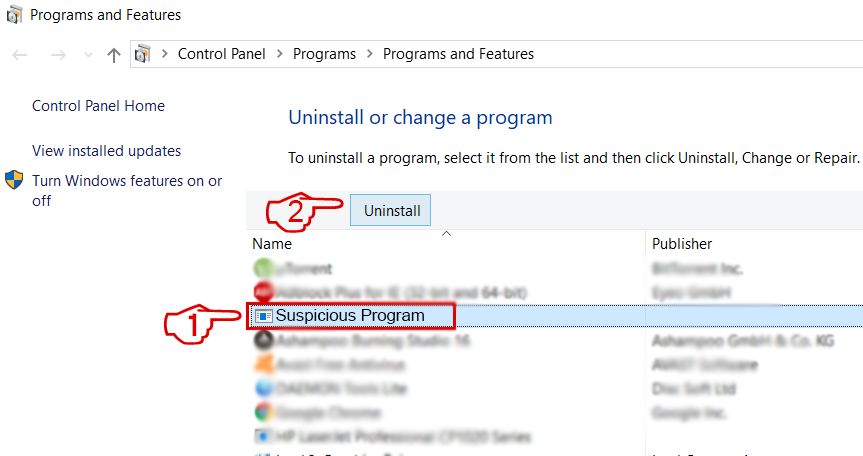 Follow the instructions above and you will successfully delete most unwanted and malicious programs.
Follow the instructions above and you will successfully delete most unwanted and malicious programs.
Step 3: Clean any registries, created by "Your files are encrypted" on your computer.
The usually targeted registries of Windows machines are the following:
- HKEY_LOCAL_MACHINE\Software\Microsoft\Windows\CurrentVersion\Run
- HKEY_CURRENT_USER\Software\Microsoft\Windows\CurrentVersion\Run
- HKEY_LOCAL_MACHINE\Software\Microsoft\Windows\CurrentVersion\RunOnce
- HKEY_CURRENT_USER\Software\Microsoft\Windows\CurrentVersion\RunOnce
You can access them by opening the Windows registry editor and deleting any values, created by "Your files are encrypted" there. This can happen by following the steps underneath:
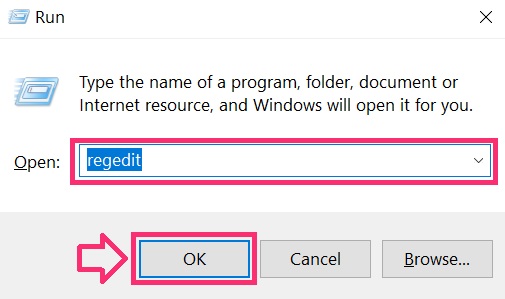

 Tip: To find a virus-created value, you can right-click on it and click "Modify" to see which file it is set to run. If this is the virus file location, remove the value.
Tip: To find a virus-created value, you can right-click on it and click "Modify" to see which file it is set to run. If this is the virus file location, remove the value.
Before starting "Step 4", please boot back into Normal mode, in case you are currently in Safe Mode.
This will enable you to install and use SpyHunter 5 successfully.
Step 4: Boot Your PC In Safe Mode to isolate and remove "Your files are encrypted"

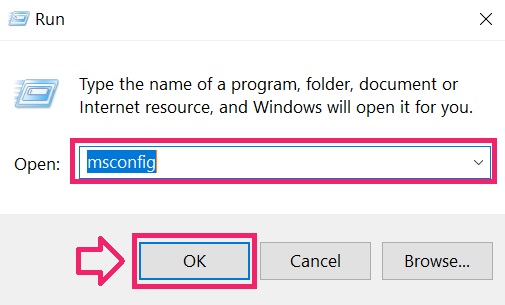
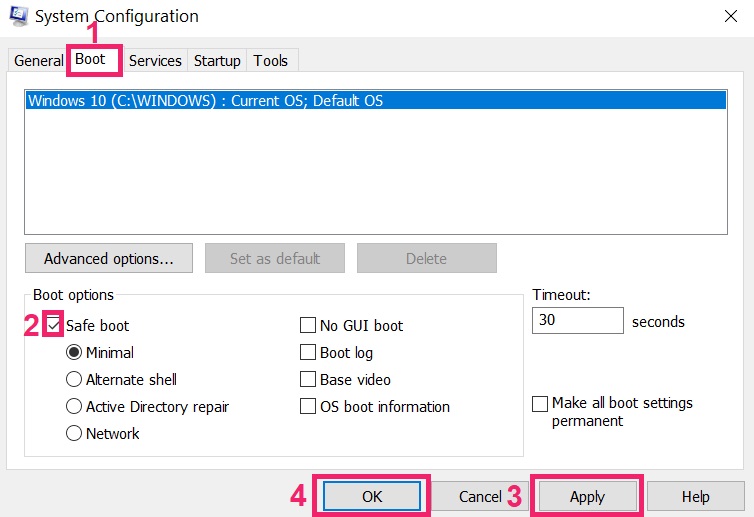
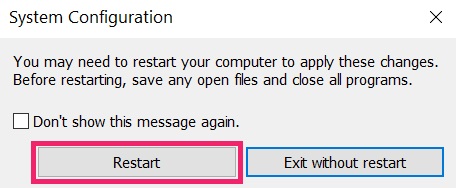
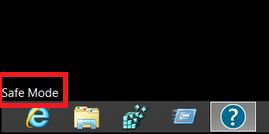
Step 5: Try to Restore Files Encrypted by "Your files are encrypted".
Method 1: Use STOP Decrypter by Emsisoft.
Not all variants of this ransomware can be decrypted for free, but we have added the decryptor used by researchers that is often updated with the variants which become eventually decrypted. You can try and decrypt your files using the instructions below, but if they do not work, then unfortunately your variant of the ransomware virus is not decryptable.
Follow the instructions below to use the Emsisoft decrypter and decrypt your files for free. You can download the Emsisoft decryption tool linked here and then follow the steps provided below:
1 Right-click on the decrypter and click on Run as Administrator as shown below:
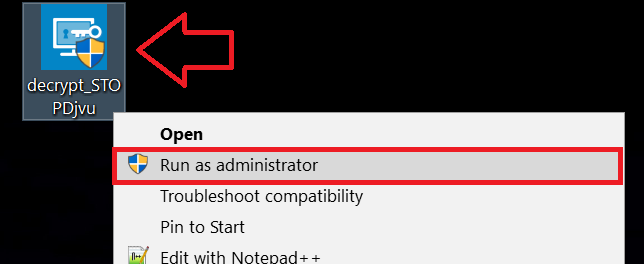
2. Agree with the license terms:
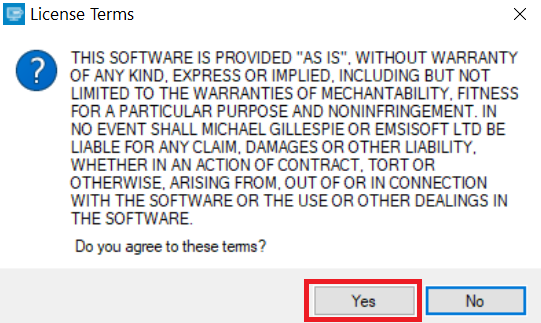
3. Click on "Add Folder" and then add the folders where you want files decrypted as shown underneath:
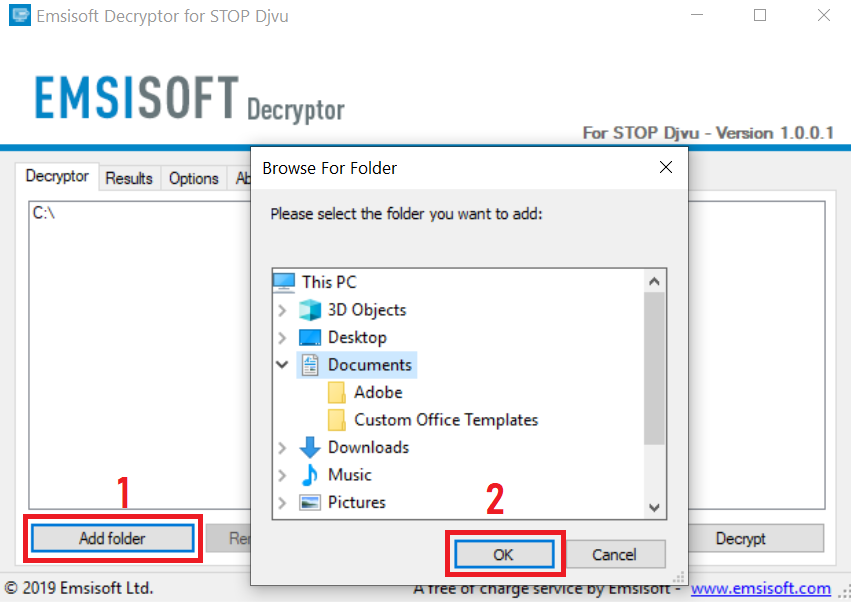
4. Click on "Decrypt" and wait for your files to be decoded.
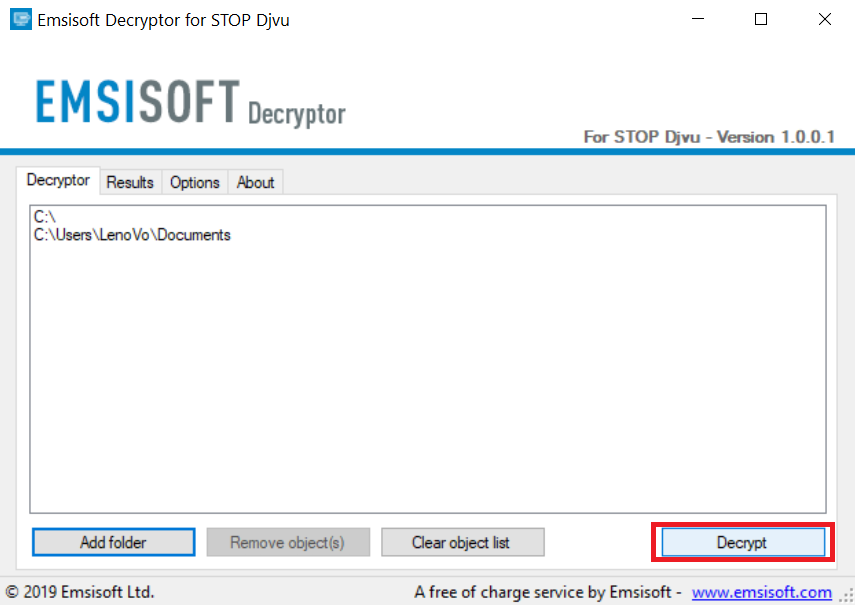
Note: Credit for the decryptor goes to Emsisoft researchers who have made the breakthrough with this virus.
Method 2: Use data recovery software
Ransomware infections and "Your files are encrypted" aim to encrypt your files using an encryption algorithm which may be very difficult to decrypt. This is why we have suggested a data recovery method that may help you go around direct decryption and try to restore your files. Bear in mind that this method may not be 100% effective but may also help you a little or a lot in different situations.
Simply click on the link and on the website menus on the top, choose Data Recovery - Data Recovery Wizard for Windows or Mac (depending on your OS), and then download and run the tool.
"Your files are encrypted"-FAQ
What is "Your files are encrypted" Ransomware?
"Your files are encrypted" is a ransomware infection - the malicious software that enters your computer silently and blocks either access to the computer itself or encrypt your files.
Many ransomware viruses use sophisticated encryption algorithms to make your files inaccessible. The goal of ransomware infections is to demand that you pay a ransom payment to get access to your files back.
What Does "Your files are encrypted" Ransomware Do?
Ransomware in general is a malicious software that is designed to block access to your computer or files until a ransom is paid.
Ransomware viruses can also damage your system, corrupt data and delete files, resulting in the permanent loss of important files.
How Does "Your files are encrypted" Infect?
Via several ways."Your files are encrypted" Ransomware infects computers by being sent via phishing emails, containing virus attachment. This attachment is usually masked as an important document, like an invoice, bank document or even a plane ticket and it looks very convincing to users.
Another way you may become a victim of "Your files are encrypted" is if you download a fake installer, crack or patch from a low reputation website or if you click on a virus link. Many users report getting a ransomware infection by downloading torrents.
How to Open ."Your files are encrypted" files?
You can't without a decryptor. At this point, the ."Your files are encrypted" files are encrypted. You can only open them once they are decrypted using a specific decryption key for the particular algorithm.
What to Do If a Decryptor Does Not Work?
Do not panic, and backup the files. If a decryptor did not decrypt your ."Your files are encrypted" files successfully, then do not despair, because this virus is still new.
Can I Restore "."Your files are encrypted"" Files?
Yes, sometimes files can be restored. We have suggested several file recovery methods that could work if you want to restore ."Your files are encrypted" files.
These methods are in no way 100% guaranteed that you will be able to get your files back. But if you have a backup, your chances of success are much greater.
How To Get Rid of "Your files are encrypted" Virus?
The safest way and the most efficient one for the removal of this ransomware infection is the use a professional anti-malware program.
It will scan for and locate "Your files are encrypted" ransomware and then remove it without causing any additional harm to your important ."Your files are encrypted" files.
Can I Report Ransomware to Authorities?
In case your computer got infected with a ransomware infection, you can report it to the local Police departments. It can help authorities worldwide track and determine the perpetrators behind the virus that has infected your computer.
Below, we have prepared a list with government websites, where you can file a report in case you are a victim of a cybercrime:
Cyber-security authorities, responsible for handling ransomware attack reports in different regions all over the world:
Germany - Offizielles Portal der deutschen Polizei
United States - IC3 Internet Crime Complaint Centre
United Kingdom - Action Fraud Police
France - Ministère de l'Intérieur
Italy - Polizia Di Stato
Spain - Policía Nacional
Netherlands - Politie
Poland - Policja
Portugal - Polícia Judiciária
Greece - Cyber Crime Unit (Hellenic Police)
India - Mumbai Police - CyberCrime Investigation Cell
Australia - Australian High Tech Crime Center
Reports may be responded to in different timeframes, depending on your local authorities.
Can You Stop Ransomware from Encrypting Your Files?
Yes, you can prevent ransomware. The best way to do this is to ensure your computer system is updated with the latest security patches, use a reputable anti-malware program and firewall, backup your important files frequently, and avoid clicking on malicious links or downloading unknown files.
Can "Your files are encrypted" Ransomware Steal Your Data?
Yes, in most cases ransomware will steal your information. It is a form of malware that steals data from a user's computer, encrypts it, and then demands a ransom in order to decrypt it.
In many cases, the malware authors or attackers will threaten to delete the data or publish it online unless the ransom is paid.
Can Ransomware Infect WiFi?
Yes, ransomware can infect WiFi networks, as malicious actors can use it to gain control of the network, steal confidential data, and lock out users. If a ransomware attack is successful, it could lead to a loss of service and/or data, and in some cases, financial losses.
Should I Pay Ransomware?
No, you should not pay ransomware extortionists. Paying them only encourages criminals and does not guarantee that the files or data will be restored. The better approach is to have a secure backup of important data and be vigilant about security in the first place.
What Happens If I Don't Pay Ransom?
If you don't pay the ransom, the hackers may still have access to your computer, data, or files and may continue to threaten to expose or delete them, or even use them to commit cybercrimes. In some cases, they may even continue to demand additional ransom payments.
Can a Ransomware Attack Be Detected?
Yes, ransomware can be detected. Anti-malware software and other advanced security tools can detect ransomware and alert the user when it is present on a machine.
It is important to stay up-to-date on the latest security measures and to keep security software updated to ensure ransomware can be detected and prevented.
Do Ransomware Criminals Get Caught?
Yes, ransomware criminals do get caught. Law enforcement agencies, such as the FBI, Interpol and others have been successful in tracking down and prosecuting ransomware criminals in the US and other countries. As ransomware threats continue to increase, so does the enforcement activity.
About the "Your files are encrypted" Research
The content we publish on SensorsTechForum.com, this "Your files are encrypted" how-to removal guide included, is the outcome of extensive research, hard work and our team’s devotion to help you remove the specific malware and restore your encrypted files.
How did we conduct the research on this ransomware?
Our research is based on an independent investigation. We are in contact with independent security researchers, and as such, we receive daily updates on the latest malware and ransomware definitions.
Furthermore, the research behind the "Your files are encrypted" ransomware threat is backed with VirusTotal and the NoMoreRansom project.
To better understand the ransomware threat, please refer to the following articles which provide knowledgeable details.
As a site that has been dedicated to providing free removal instructions for ransomware and malware since 2014, SensorsTechForum’s recommendation is to only pay attention to trustworthy sources.
How to recognize trustworthy sources:
- Always check "About Us" web page.
- Profile of the content creator.
- Make sure that real people are behind the site and not fake names and profiles.
- Verify Facebook, LinkedIn and Twitter personal profiles.

